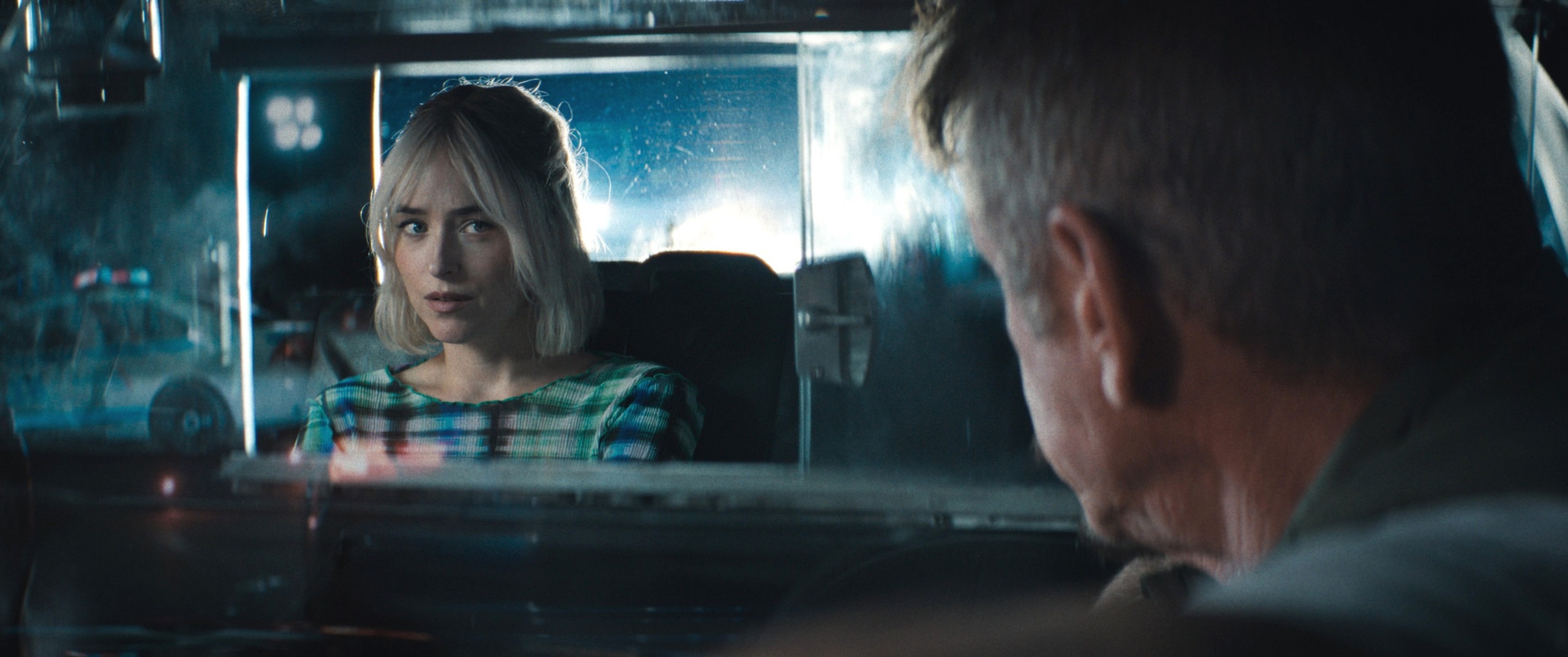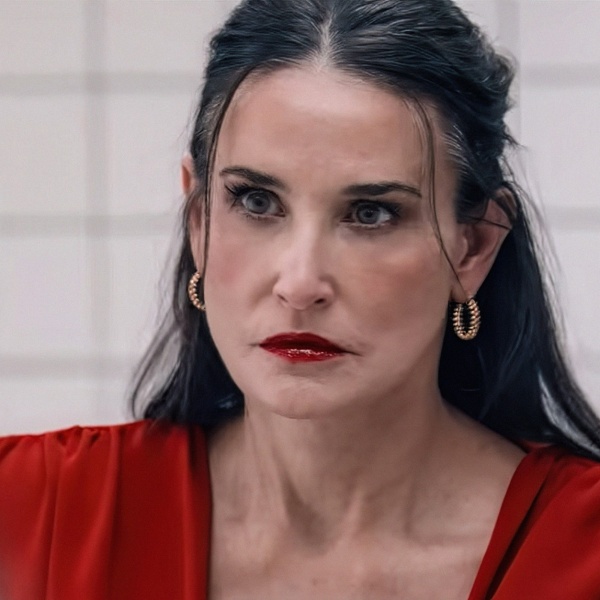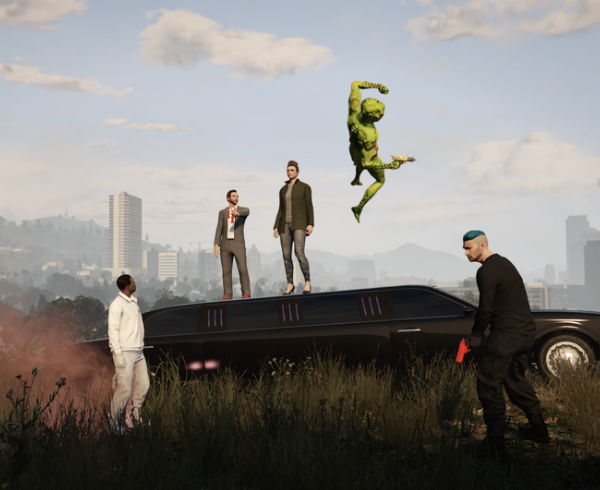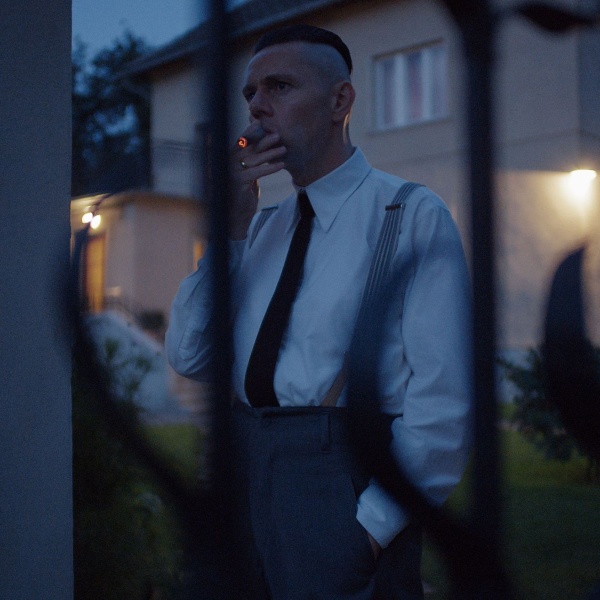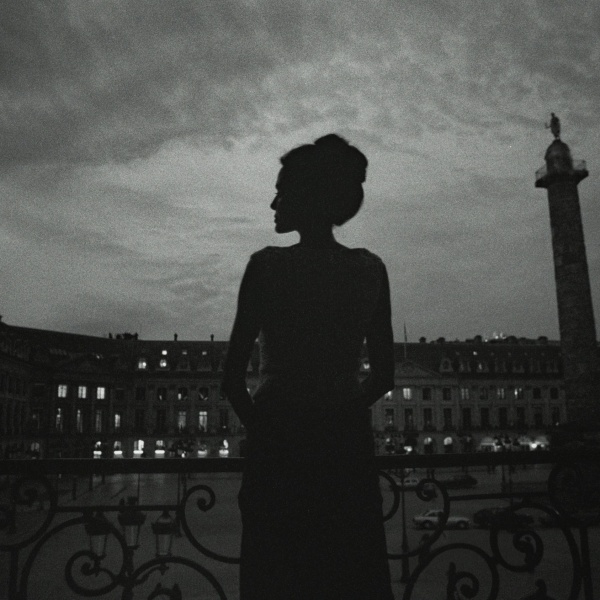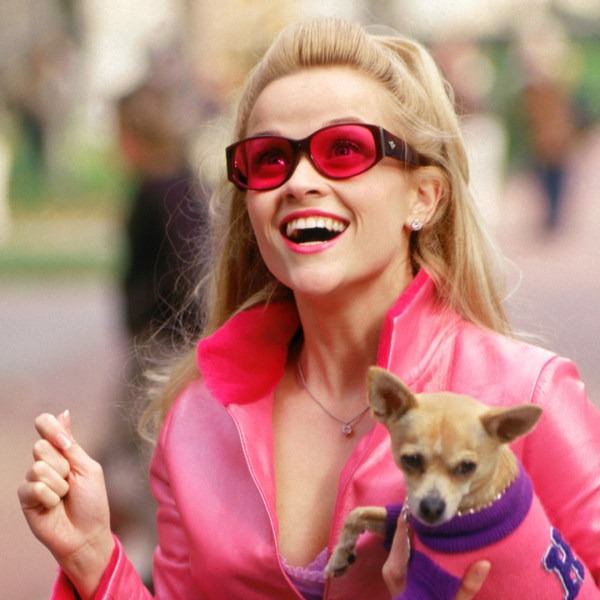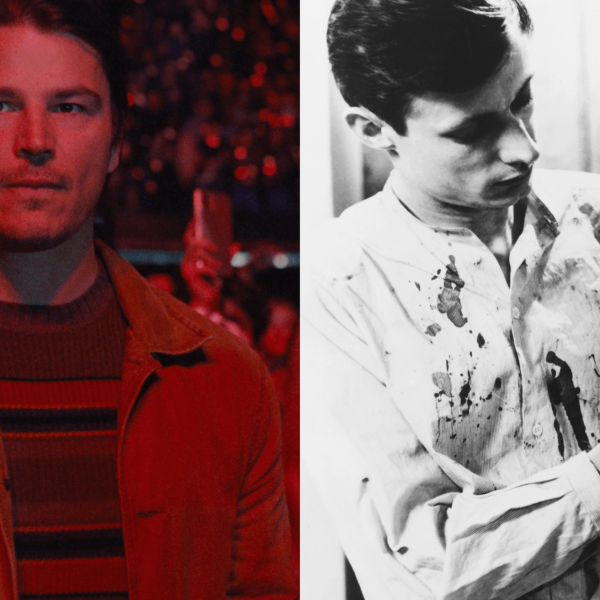Writer/director Christy Hall‘s “Daddio” follows, in real-time, a 90-minute NYC cab ride from JFK airport to 44th Street between 9th and 10th Avenues. During that period, the camera rarely leaves the taxi as driver Sean Penn and passenger Dakota Johnson get to know each other during an extended conversation that yields surprising revelations for both the characters and the audience. The strength of Hall’s dialogue is not surprising given her background as an acclaimed playwright, but what really makes “Daddio” work is the way the performances are served by the visual style, as the lights and colors of New York City play off of the actors’ faces in a hypnotic, almost musical fashion; Phedon Papamichael‘s dreamy cinematography keeps the city alive as a character outside without ever detracting from the emotional intimacy of what’s going on inside the cab.
“I really wanted it to feel like poetry in motion,” Hall told IndieWire. “Anytime I’ve ever taken a cab into Manhattan, especially at night, it’s such a visceral and visual drive.” Hall wanted everything the audience sees outside the cab to be faithful to the reality of the route, but actually pulling the car through traffic on a trailer was impossible on her schedule. “This is a very indie movie. We didn’t have a big budget and we didn’t have a lot of time. I was given 16 days. Had we trailered the cab, it would have been a nightmare — all night shoots, and the ability to reset and maintain continuity would have been an issue.” As she began exploring options for shooting on the stage, Hall quickly realized that blue and green screens were also not feasible techniques. “Because you’re applying the backdrop to every single frame in post, that would have cost us tens of millions of dollars.”
As Hall began investigating the LED volume used on one of her favorite TV shows, “The Mandalorian,” she began to see a way of shooting her film. “They have a full volume stage with around 180 degrees, and that’s like the Rolls Royce version,” Hall said. “But with a little more research, I found that there are a lot of different variations that you can employ when it comes to this technology.” Instead of a full LED volume, Hall landed on LED walls that could be moved around the cab depending on the angle, an approach that allowed her to precisely replicate the route that she had written for her characters to take. “I had the actual drive mapped out, and we shot it on an array car with nine cameras.” That drive was then projected onto the LED screens outside the cab in 4K, allowing Hall to shoot all of the cab interiors on the stage.
“That allowed us to really plow through a lot of material,” Hall said. “Sometimes we were doing 15 pages a day. And it looks incredible, because the background and foreground are all filtering in through the lens and being captured in the camera at the same time. So it gives it a depth and a sense of reality.” Hall and Papamichael added to the texture by shooting on detuned Panavision T-series anamorphic lenses that created a warm, vintage feel — and the imagery wasn’t the only thing that benefited from the methodology. “It created an immersive experience for the performers, so when Sean’s driving, he’s actually following the road, and when Dakota would look out the window, actual cars were driving by. Phedon and I could be at the monitor and then Phedon could create light engaging with what’s happening in the background — if a car drove by Sean, Phedon could hit Sean with a hard red light as if it was the taillights.”
Hall carefully mapped out the drive with certain locations corresponding to specific page numbers and shot the film largely in continuity, creating a visual progression through devices like the plexiglass that initially separates Penn and Johnson but ultimately goes away as they become more closely connected. “It ends up being a metaphorical reflection of what they’re experiencing,” Hall said. “We always wanted to explore a lot of different angles in the cab and allow it to feel like it’s expanding and opening up like a flower. But we never wanted it to feel manipulative — every shot that we chose was meant to reflect the emotion. Instead of being prompted by, ‘Oh no, people might lose interest, let’s just constantly move the camera,’ we really wanted it to feel honest and organic to what was happening between the characters.”
That goal was further aided by the fact that shooting in sequence allowed Penn and Johnson’s own collaboration to deepen and grow more comfortable as a reflection of their characters moving from strangers to friends. Hall shot their scenes together with two cameras, sometimes using both cameras to get different angles on one actor but often putting a camera on each so that they could talk over and interact with each other spontaneously without worrying about matching from take to take. “For scenes where there was a lot of banter and crackle back and forth, that was really valuable,” Hall said. “We used a lot of those takes, and it’s actually them delivering that speed — it was not manipulated in the edit. I want to bring that approach forward on future films, because I think it really helped them to feel like they weren’t stepping on each other.”
Although Hall is a proponent of shooting practically as much as possible, she’s excited by the options emerging LED technology provides for filmmakers with limited resources. “I think it’s the wave of the future,” she said. “As a first-time director, I was deeply terrified and would have loved for my first movie to not be so technologically challenging. But you just dive in and ask questions and start playing with it and testing it. Phedon and I were blown away by how good it looked. So I would say to anyone listening to not be afraid of this technology. It will allow smaller indie movies to exist, and what really excites me about it is the idea that young filmmakers on a budget will be able to fulfill their vision without having to compromise.”
